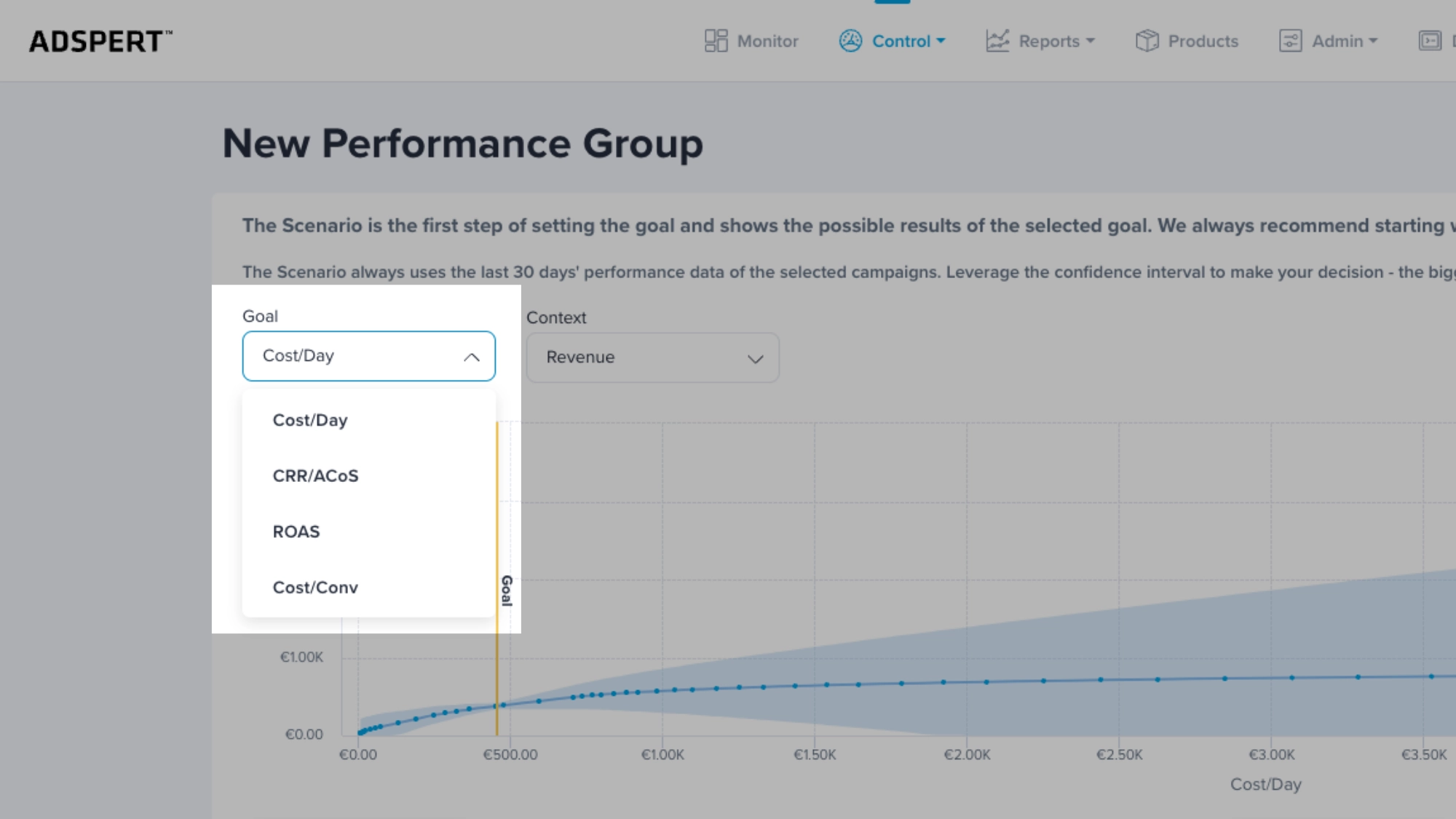Now, you might be asking yourself: “What exactly is targeting and how is it used?” In a nutshell, you have a few advertising options within Amazon Ads. These options involve Sponsored Brands Ads, Sponsored Product Ads, and Sponsored Display Ads.
Targeting is one of the features that you can modify to optimize your PPC campaigns on Amazon.
Choosing Your Amazon Ad Targeting Type
Once you start your Sponsored Product Ads campaign on Amazon, the first step is to select your targeting type. You are presented with two options: automated targeting and manual targeting. Each option has its own implications and considerations that can significantly impact the effectiveness of your advertising strategy.
Automated Targeting: Letting Amazon Take the Lead
Automated targeting in Amazon Ads involves delegating most of the work to Amazon’s algorithms. When you opt for automated targeting, you simply need to choose the product you want to advertise, set a daily budget, and specify the campaign’s start and end dates.
Amazon then takes charge of targeting keywords that closely match your product or are relevant within the same product category. This automated approach provides convenience and saves time, as Amazon handles the keyword research and targeting process for you.
On the other hand…
Manual Targeting: Taking Control of Your Amazon PPC Campaigns
In contrast, manual targeting requires more active involvement and effort on your part. During the campaign setup, you must personally identify and select keywords that align with your product and its description.
Similar to most PPC campaigns, Amazon presents your ads only when a user’s search query matches the keywords you have chosen. This manual approach provides greater control over the targeting process, allowing you to fine-tune your campaign based on specific keyword choices and bidding strategies.
Amazon ad targeting is only one bit of the whole Amazon PPC strategy plan. If you only have time for one, consider spending it on learning more about how to use ad targeting to your advantage.
Why Is Automated Targeting Better?

Automated targeting offers several advantages, making it a preferable choice for advertisers managing their campaigns personally.
One primary reason is its ease of setup and management. With automated targeting, you are relieved of the burden of keyword research as Amazon takes care of it on your behalf. However, it’s important to ensure that your product is correctly categorized and accurately described.
Otherwise, Amazon’s keyword research may not yield relevant results, leading to unwanted traffic to your product’s page. Automated targeting is particularly beneficial when you lack the time or expertise to create successful campaigns, making it a must-try option.
Combining Automated and Manual Targeting
While automated targeting offers convenience, manual targeting allows you to have full control over your advertising campaign. You can combine both Amazon ad targeting approaches.
If you desire complete oversight of every aspect, including the list of keywords and bid adjustments for each keyword, manual targeting is the way to go. A recommended strategy is to combine both approaches.
Start by using automated targeting for a period of a few days to a few weeks, allowing you to gather valuable data and insights. Even with automated targeting, Amazon provides regular reports that can inform your decision-making.
Once you have collected sufficient data, you can switch to manual targeting, utilizing the information you’ve gathered to experiment and determine what works best for your campaign.
The Power of PPC Optimization and Automatization
When it comes to automating your advertising campaigns on Amazon, there’s an even better option to consider: Adspert. While automated targeting is beneficial, Adspert takes it to the next level by automating the entire advertising process, offering a range of advantages that can significantly enhance your campaigns.
PPC Optimization Tool Benefits
One standout feature that makes Adspert highly appealing is its Plug and Play functionality. With Adspert, you can seamlessly integrate the system into your operations, allowing you to divert your attention to other aspects of your business or simply relax while the platform takes care of your advertising campaigns.
While Adspert works behind the scenes, it optimizes your Amazon campaigns and ensures proper maintenance of your keywords and bids. This optimization translates into maximizing your revenue while effectively managing your ROI and costs.
Additionally, if you plan to expand your advertising efforts to other platforms—a recommended marketing strategy—Adspert can simultaneously optimize your ads on eBay, Google, Microsoft, and, of course, Amazon. Don’t miss out on the opportunity to make the most of your advertising campaigns by harnessing the power of Adspert.
Conclusion
In the realm of Amazon advertising, the decision which Amazon ad targeting to use is significant. Will it be automated targeting or manual targeting? Automated targeting offers convenience and ease of setup, allowing Amazon to handle keyword research based on your product and category. It can be a valuable option, particularly for those lacking time or expertise.
However, accurate categorization and product description are crucial for its effectiveness. Manual targeting provides full control over keyword selection and bidding, allowing fine-tuning of campaigns.
A recommended approach is to combine both strategies, starting with automated targeting to gather data and insights, then transitioning to manual targeting armed with knowledge gained. Consider your resources and objectives carefully to determine the approach that aligns best with your Amazon advertising goals.




